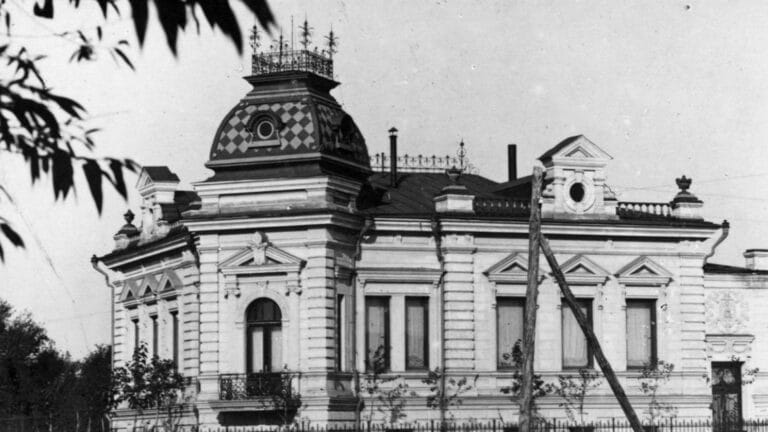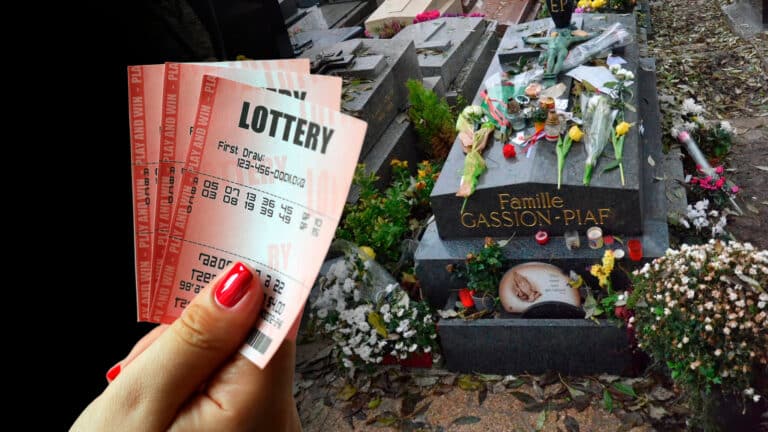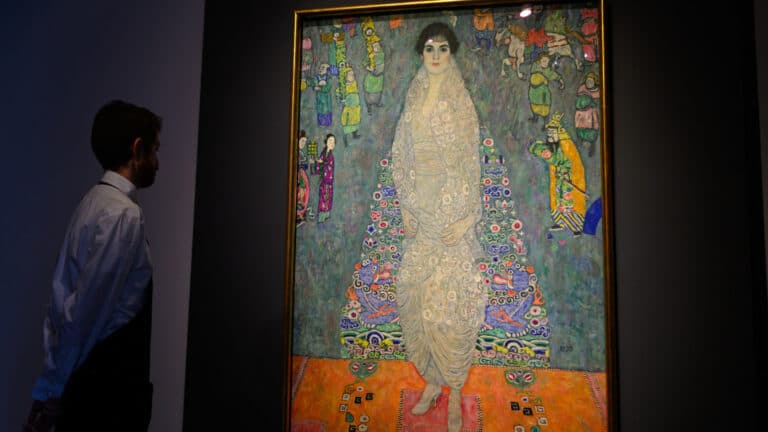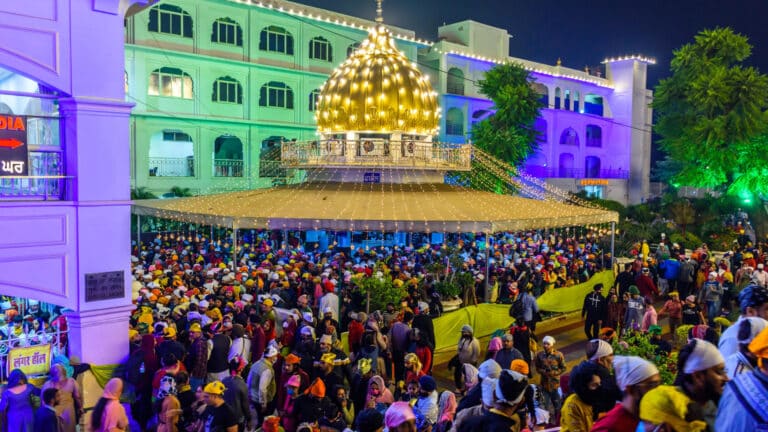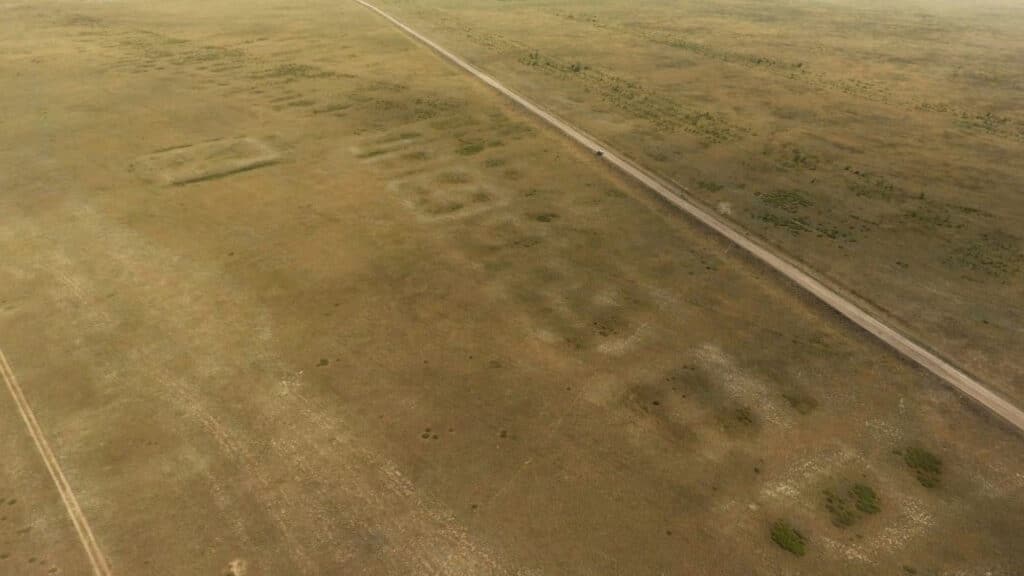
Archaeologists have identified a significant Bronze Age settlement in the Kazakh steppe, suggesting a more complex urban presence in the region around 1600 B.C. than previously known, according to CNN.
The site, called Semiyarka or «The City of Seven Ravines,» was first located in the early 2000s. Its scale and possible importance became clearer after an international research team began detailed surveys in 2018. The group reports that the settlement spans roughly 140 hectares above the Irtysh River valley and contains traces of houses, a large central structure possibly used for governance or ritual activity and indications of tin-bronze production.
Findings published in the journal «Antiquity» highlight the rarity of such evidence in the Eurasian steppe. Lead author Miljana Radivojević of University College London noted that only one other published Bronze Age site in the region shows evidence of tin-bronze manufacturing, despite the widespread use of tin-bronze during that period.
Researchers used satellite imagery, 1960s Corona spy photos and magnetometry to map the site and identify buried features before surface surveys revealed more than 100 pottery vessels and scattered artifacts. Excavations are still underway, and the team reports growing evidence of larger-scale metalworking.
However, some archaeologists debate whether Semiyarka qualifies as a major city. They argue that the low density of pottery and metalworking remains is inconsistent with an urban center, while others caution that many artifacts may still lie buried in the site’s compacted, undisturbed soil.
Study coauthor Dan Lawrence of Durham University said the settlement appears distinct from the typically mobile pastoralist sites found in the steppe and may have served functions similar to those of urban centers elsewhere, such as hosting political or economic activities.
Once the research is fully completed, it is expected to shed light on how steppe communities organized metallurgy, mobility and regional exchange. Given a lack of reliable information about permanent settlements from the steppe’s Bronze Age, Semiyarka may help clarify how such communities lived using permanent centers for production, rituals and governance.
Meanwhile, in the Turkestan and Zhetysu regions, farmers may have destroyed unique archaeological artifacts by carrying out agricultural work without proper scientific inspection of the land. Such examination is required by law in Kazakhstan, but farmers and even local authorities often ignore it.


